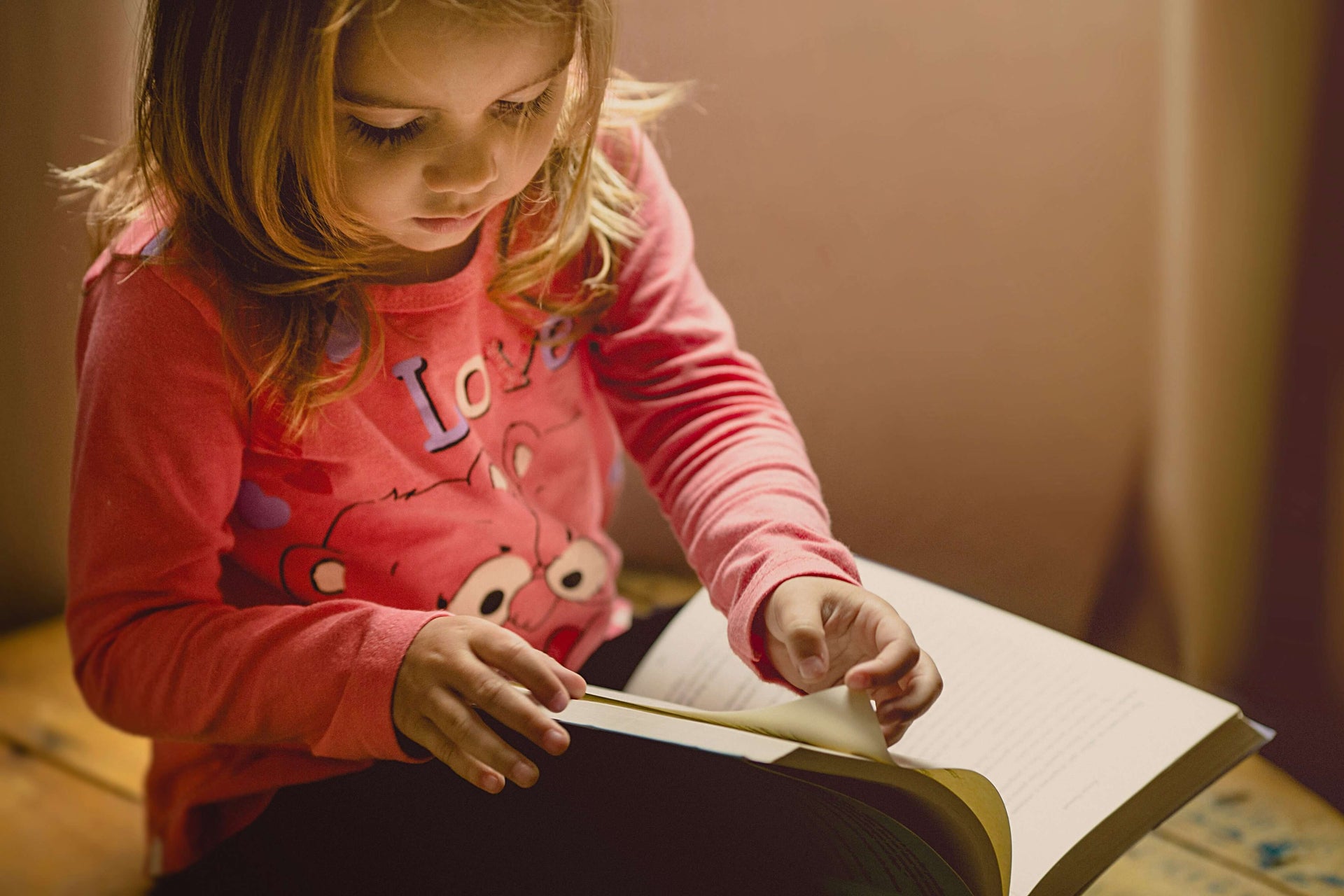
Milk on the Move
Nursing and Pumping Must-Haves for Breastfeeding While Traveling

How to Get the Most Bang for Your *Book* When You’re On the Go

By Alison Merz Spira
Updated October 07, 2025
One of the best ways to support young readers is to model that we read everywhere and anywhere – including when we travel. Audio books and e-readers can be a great way to bring multiple titles. But nothing beats curling up with your kids to read a good old fashioned book. And because you can’t bring the whole bookshelf with you, we’ve got some tips and titles to help you keep reading while you’re on the go.
If you’ve ever picked up a backpack loaded to the brim with hardback and board books, you know why we recommend finding some lighter-weight counterparts. For traveling, the name of the game is keeping things light. Here’s our tips for how to do so:
Magazines are lightweight, engaging, and you can find one for every subject under the sun.
Consider bringing paperback versions of your favorite books to cut down on weight. Paperback books get more wear and tear but they are also cheaper than hardback. You can also check out the I Can Read and Step Into Reading series for young readers and pre-readers. They are leveled for reading difficulty but aren’t just for new readers. The level 1 books are a great option for babies and toddlers because they have fewer words and simple storylines. National Geographic has a wide array of engaging nonfiction paperback books. Most chapter books have paperback versions and make great lightweight options. Make sure some are small enough to pack in your purse or day pack so you can whip them out whenever you need them.
We love board books for being sturdy and durable enough to withstand the rough handling of babies and toddlers, but the weight adds up. Trade out some board books for Indestructibles which are light, slim books that are made for babies and toddlers. Their pages can be chewed on and drooled on without any damage to the book.
It pays to bring a variety of books to keep things fresh. So even if your kid insists that they only like Magic Treehouse books, sneak a few extra books in there because it’s almost guaranteed they’ll get sick of time traveling treehouses a few hours into the trip.
We all love a good story! Consider bringing a mix of beloved favorites and some new fiction stories as well. Nonfiction books are often packed with tons of information and photos so they have a lot of potential to be read multiple times. You can probably even find an array of nonfiction titles that are about the place you’re visiting or something you might see there.
We recommend bringing an old favorite (something they love to read again and again) and something new. It’s exciting for kids to pick out a new book themselves and then they have something extra to look forward to. Just make sure to hide the book away until you’re actually travelling so it’s still new and exciting. Hot tip: pack a secret stash of books and keep them tucked away until the trip home. Chances are, they’ll be a bit tired of the books they brought so getting a surprise of a new book or two will make the trip home much smoother.
Keeping your book collection fresh doesn't need to cost money. You can trade books you’ve already read with friends, organize a neighborhood book swap, or pick a new one from a Little Free Library near you. See this map to find a free little library world map or use their mobile app. And of course, the public library is always free, but think carefully about whether you want to take the risk that they may be lost or damaged while traveling. Kids consignment stores and used book stores are also great places to find cheap and lightly used kids books.
Make sure your kid knows that the books they choose should be ones they can read or look at on their own. Bring along a few books for bedtime or downtime read alouds, but the majority of the books should be things the kids can engage with independently – yes, even for pre-readers. There are plenty of books that pre-readers and readers alike can enjoy without an adult to read or guide them.
For kids who are already reading independently, let them bring whatever will keep them reading on their own. Throw that refined taste for quality kid literature out the window for family travel. Just go with the books that will keep kids happy and engaged the longest.
These books are great for kids of all ages (including grownups!), but they especially come in handy for pre-readers. Even once they’ve found all the hidden objects in a book, kids can still play their own games of I Spy with a friend providing even more hours worth of entertainment for each book. Some of our favorites include:
A picture is really worth a thousand words. Wordless picture books even render words completely unnecessary for a compelling story. With gorgeously illustrated wordless picture books, even pre-readers can “read” independently. There are more and more excellent books without words published every year. Here is a great list of some of the best wordless picture books out there. Look for them in paperback to keep it light.
Activity magazines and books keep kids busy and thinking. There’s a million out there but here are some of our faves.
Spark magazine (ages 4-8) Crisp and simple design and beautiful illustrations combine to make these activities easy for even young children to understand and complete independently. No reading necessary!
Highlights Brain Play magazine (ages 7+) has a great mix of different types of logic puzzles and brain teasers to keep young minds sharp.
Logic Puzzles for Clever Kids by Molly Lynch (ages 4-6) builds critical thinking skills with challenges like deciphering and creating patterns, solving analogies, sequencing events, and making inferences – all designed for kids as young as 4! Parent prompts at the bottom of each page make it easy to guide kids through the activities.
Check out the Lonely Planet Kids’ Activities on the Go series (ages 6-8) with airplane, train, and National Parks themed activity books
On-the-Go Puzzles Big Fun Activity Pad by Highlights (ages 6-9) has a great variety of activities, hidden pictures, and puzzles.
Julia Rothman's Ocean Anatomy Activity Book (ages 7-10) is a gorgeously illustrated book packed with word games, pattern puzzles, stickers, project ideas, and secret codes to decipher.
Brain Booster Stars and Planets: Over 100 Mind-Boggling Activities that Make Learning Easy and Fun is part of the DK Brain Booster series (ages 8-12). Kids will learn tons of cool facts all about outer space
Awesome Road Trip Activities for Kids: Over 100 Fun Games, Puzzles, and Journal Prompts! is designed for long car rides and includes challenging riddles, scavenger hunts, puzzles, and word games – all with a road trip twist!
And last but not least, you can’t go wrong with the timeless classic Mad Libs.
This post includes affiliate links. WeeWander may earn a small commission off of items purchased from these links, but there is no cost to you. The author has no affiliation with the brands listed and does not receive a commission on any purchases.
Your cart is empty
Register to receive a notification when this item comes back in stock.